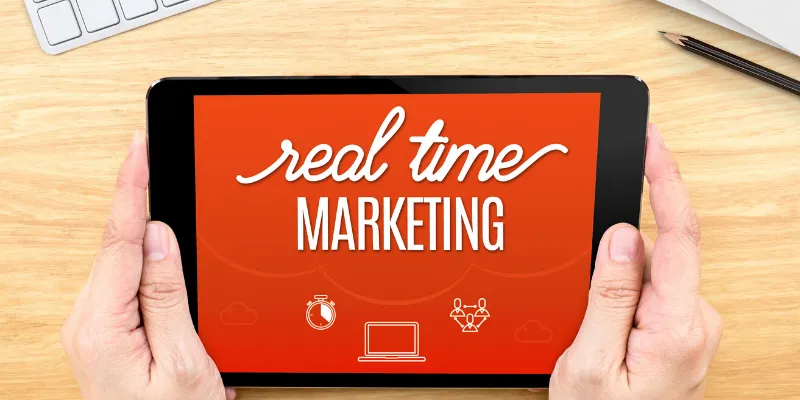Will automated real-time communication in marketing gain currency post COVID-19?
Adoption of technologies that enable real-time marketing communications can be a boon for brands looking at building stronger relationships with their existing customers.

Anticipating the future impact of COVID-19 fully is beyond even the faculties of experts. As per WHO, this novel virus may just become another endemic virus that stays on in our communities, never to really leave. How much ever downbeat this may sound, the impact will surely bring in its wake a new reality that will require us to find better ways to adapt to.
During these times when people are staying home and working remotely -- consumer sentiment, buying patterns, and communication requisites have been drastically altered.
Adoption of technologies
To cope with such challenges in the past, brands have traditionally resorted to myopic solutions like price-based promotions and competitive discounts to win over customers. While such practices do bring short-term relief, in the long run they only undermine profitability.
Acquisition is important, but that is not the only thing which can keep businesses afloat. Retention becomes highly critical to the long-term health of any company, particularly in the face of a crisis like a global pandemic.
Therefore, adoption of technologies that enable real-time marketing communications can be a boon for brands looking at building stronger relationships with their existing customers.
What is real-time marketing communication?
What we mean by real-time marketing communication is the combination of behavioural analytics and automation to provide customers with contextual and relevant messaging instantaneously. Using behavioural data of an individual customer or segment, you can easily gauge and determine the moment of response that serves their needs best.
It becomes a no brainer then that companies that harness the potential of real-time marketing communication will reap significant benefits through improved response rates and return on investment.
For example, OTT Streaming service providers like Netflix and Amazon are known for real-time recommendations and communication based on algorithms that are consistently being developed and improved upon.
On the basis of your interest and viewing pattern it tags you and shows you the most optimum catalogue of content from the very beginning of your engagement with the platform. Drawing from the historical data of actions, the platform(s) entice the right viewer to the right content while communicating the same in real time. Thus, ticking off all important parameters on the list of leveraging real time marketing communication.
This way, unlike traditional media, they have not one, but several different products to offer with personalised recommendations and something for each of their members.
Key considerations
Enabling real-time marketing communication requires complex and advanced automation tools that respond to predefined set of customer events, understand and apply new algorithms to combination of events, and factor in the changes in the business environment.
In any industry, these events can be generated by systems or by the action of customers (for example, balance going below threshold, increase in churn score, etc.). The changes can be automatically captured and acted upon based on specific business rules and processes or may require human intervention after being flagged.
But we need to keep a vision of minimising human intervention and keep building on it. Hence implementation of real time communications may require integration with multiple systems and adoption of new technologies to achieve the required results. Once systems are up and running, we need to be mindful of the below considerations when building real time programmes.
Know who you are targeting, interrogate your data for basic demographics, online behaviour, interests; build real life, data-driven personas and personalise your communication with each of your customers; use dynamic content to personalise the experience based on available behavioural data, browsing attributes and social platform preferences; finally, measuring and analysing the results with set KPI’s to optimise and tweak use cases and scenarios according to the impact of real-time marketing actions on revenue, margins, and customer experience.
Today, where brands have already been collecting and analysing customer data and the consumers already starting to experience the value of real-time communications (from most of the brands they deal with), it is next to impossible to ignore the value of real time marketing. In fact, it is only going to gain even more momentum in the post COVID-19 world, as we will know it.
The need of the hour for marketers is to understand this and start putting together strategy, technology, infrastructure, and operations to enable real-time marketing activities that help meet these changing expectations on the highest priority.
Edited by Javed Gaihlot
(Disclaimer: The views and opinions expressed in this article are those of the author and do not necessarily reflect the views of YourStory.)








